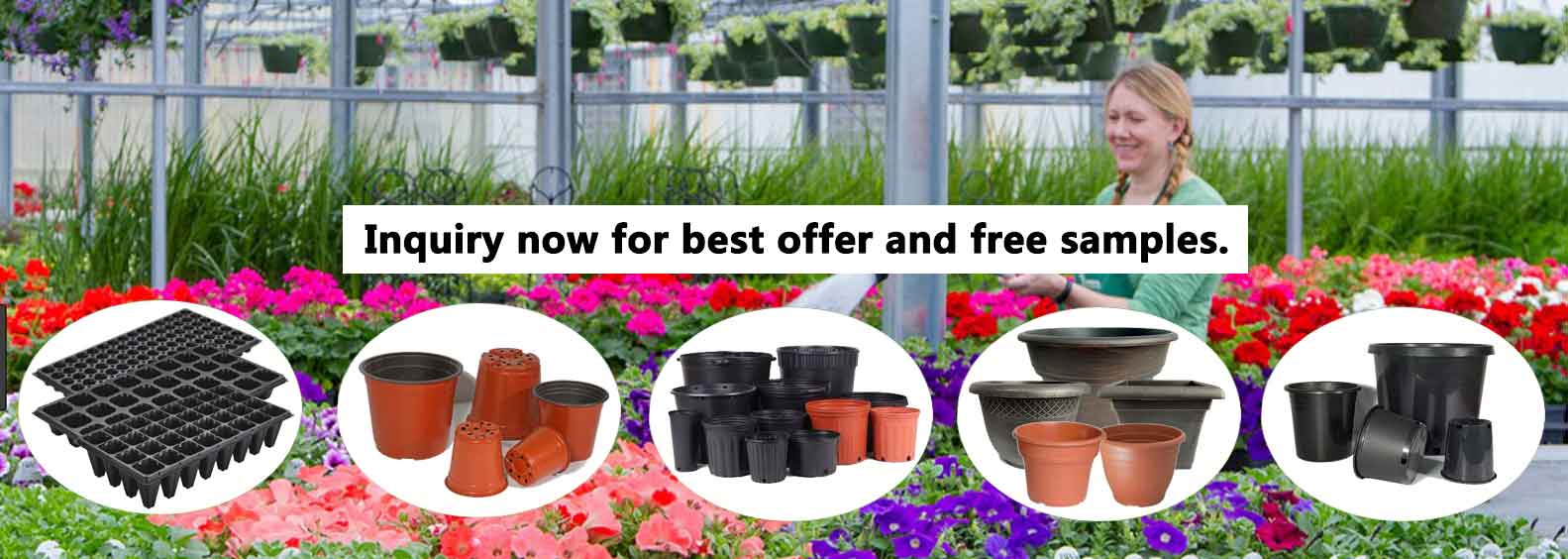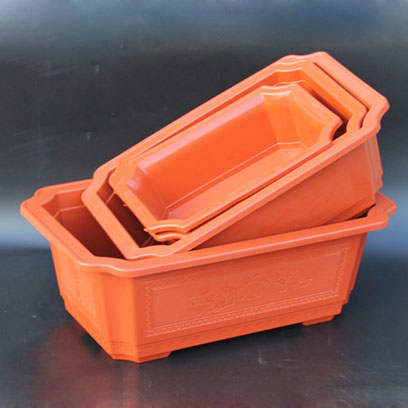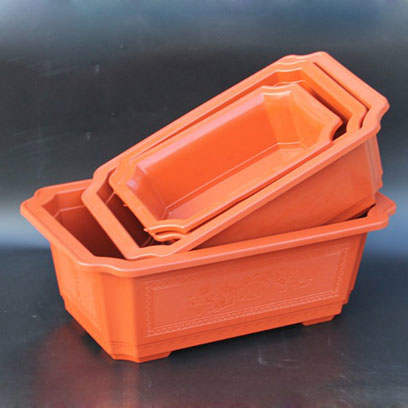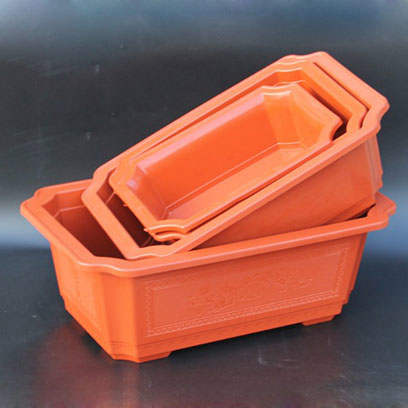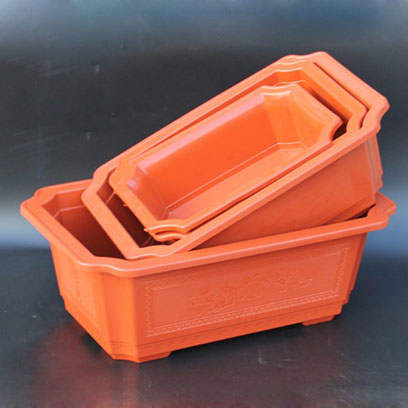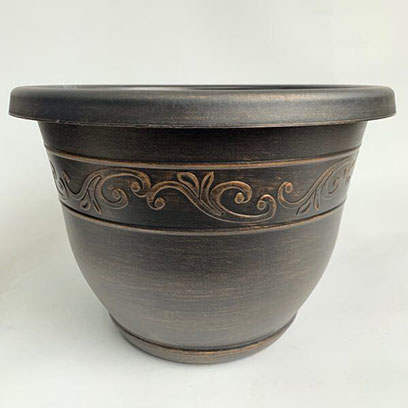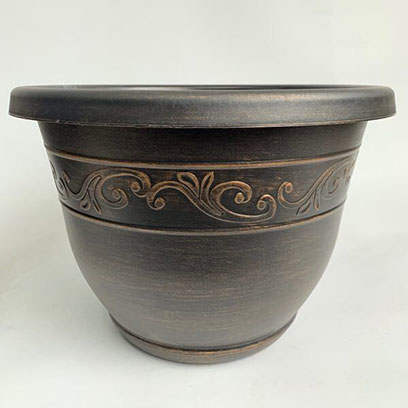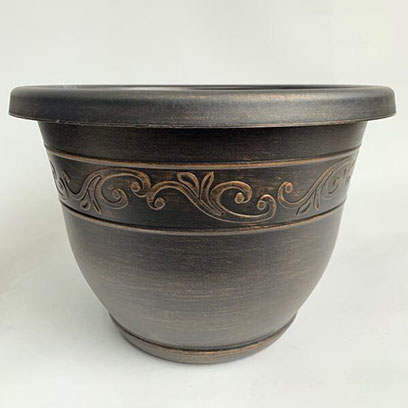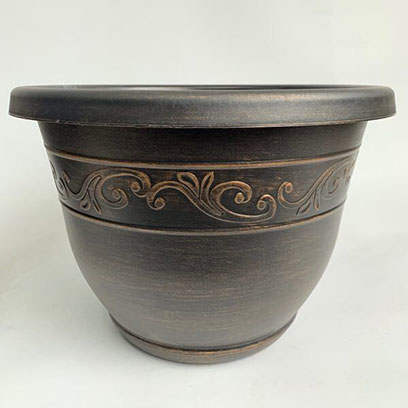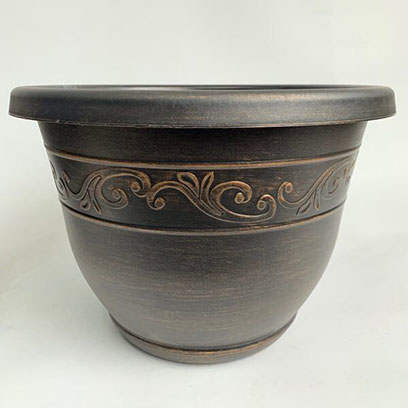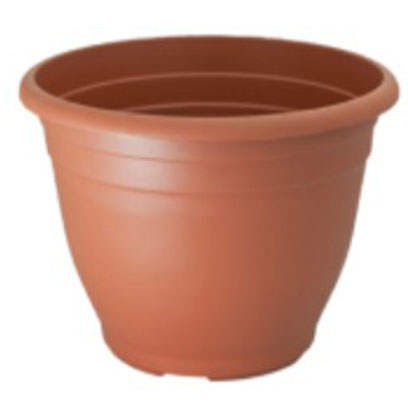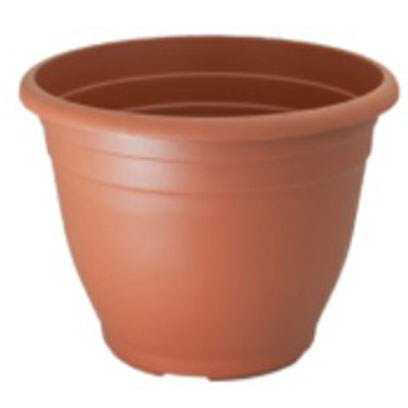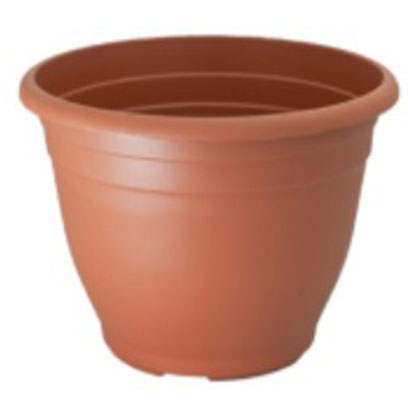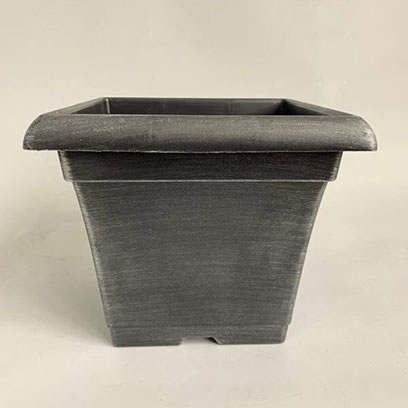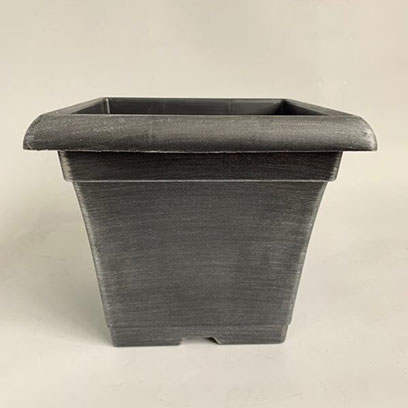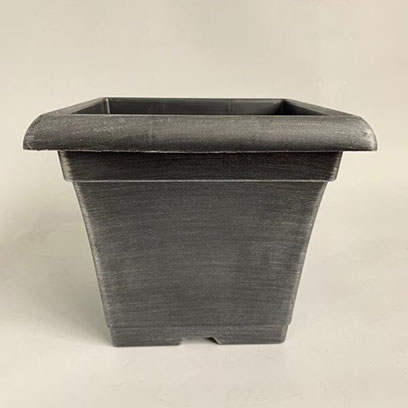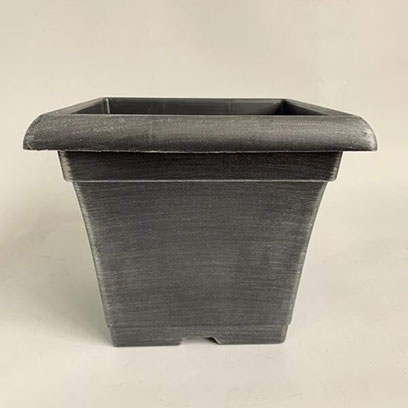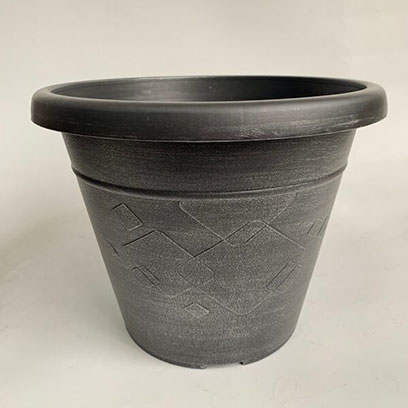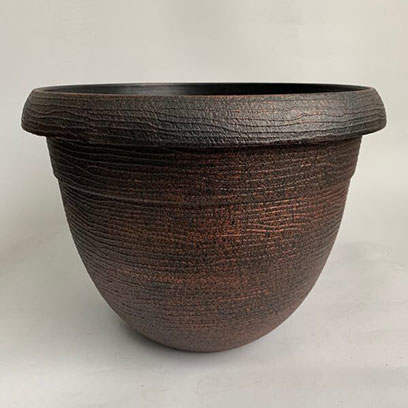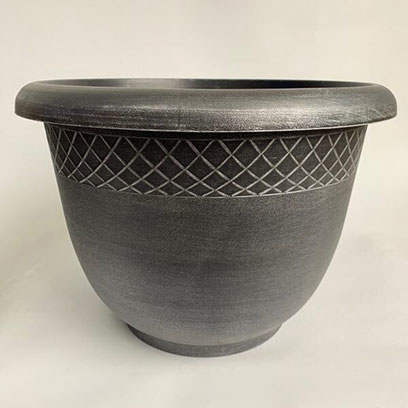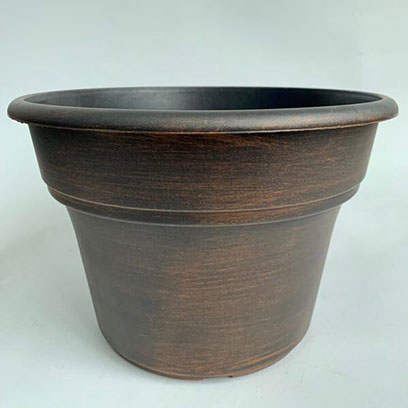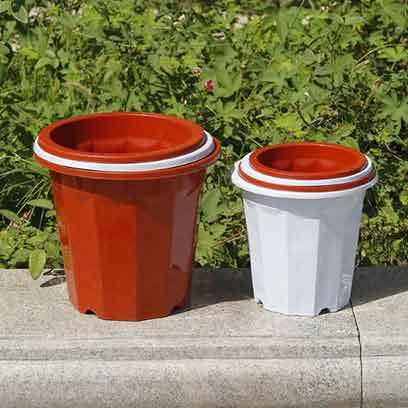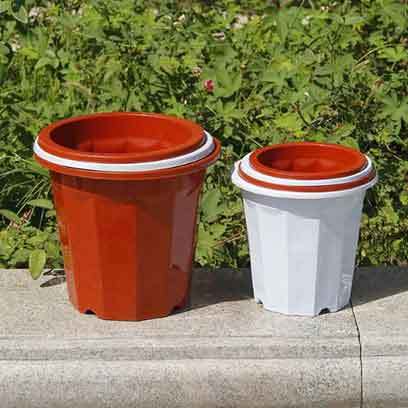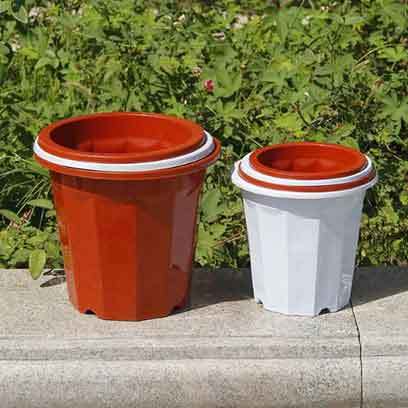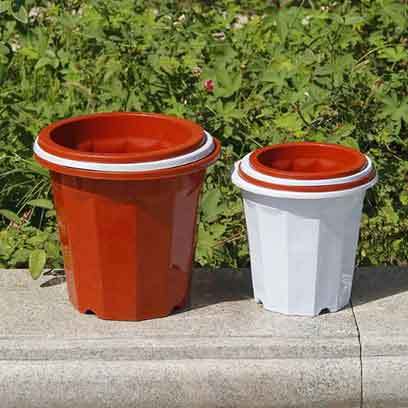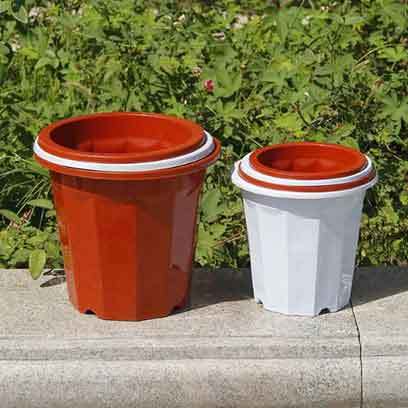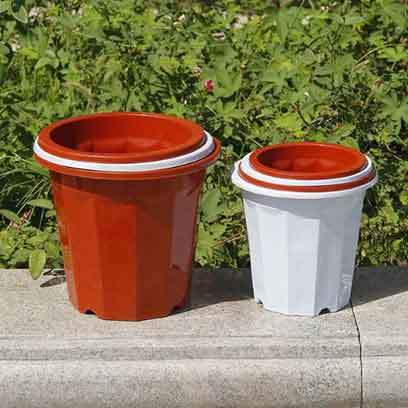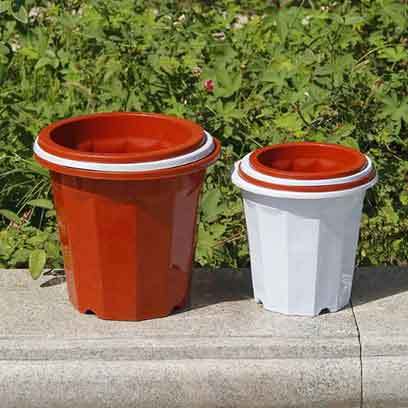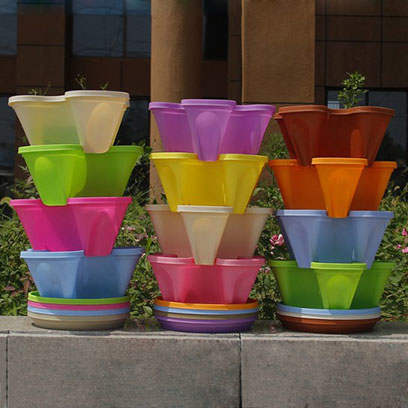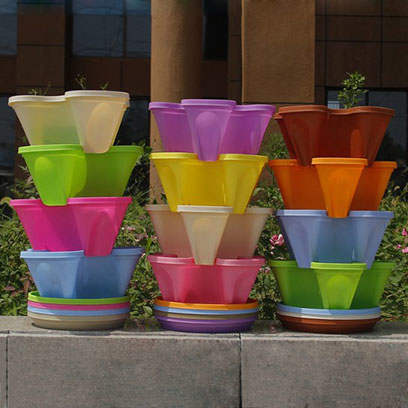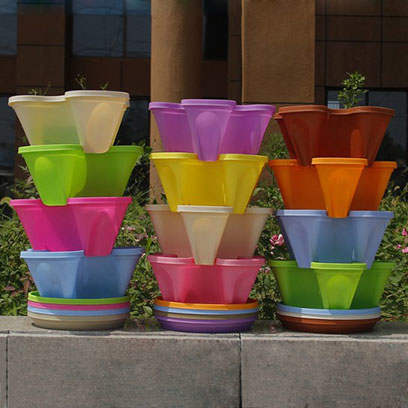Plastic Bonsai Pots Canada - Wilson Garden
Wholesale bonsai pots Canada
Bonsai Pots For Sale Canada, Factory Price, Free Samples, Fast Delivery! We are a decorative plastic flower pots supplier with more than 20 years of manufacturing experience. We have a 35,000 square metres workshop area and supply kinds of large bonsai pots with good quality and competitive prices.
We can ship bonsai pots to Canada, such as British Columbia, Alberta, Saskatchewan, Manitoba, Ontario, Quebec, New Brunswick, Nova Scotia etc. We also can ship plastic bonsai pots to major cities in Canada, such as Vancouver, Calgary, Edmonton, Winnipeg, Ottawa, Montreal, Quebec, Toronto, Hamilton, Halifax etc.
Size of decorative plant pots Canada
Decorative plastic plant pots size in inch: 7 inch, 8 inch, 9 inch, 10 inch, 11 inch, 12 inch, 13 inch, 14 inch, 15 inch, 16 inch, 18 inch or according to your requirements.
Decorative plastic planters in cm: 18cm, 20cm, 21cm, 22cm, 24cm, 25cm, 26cm, 27cm, 28cm, 29cm, 30cm, 31cm, 32cm, 33cm, 35cm, 36cm, 38cm, 40cm, 41cm, 45cm or according to your requirements.
ODM or OEM bonsai pots Canada
OEM or ODM is available. Color, shape, sizes and logo can be customized to meet your decorative plastic pots requirement. If you want your own Private Label, please send us the label or logo you want to print on the decorating plastic flower pots, and we will proof for you.
Our plastic bonsai pots are made of high quality PP. These decorating plastic plant pots are reusable. You can use plastic decorative flower pots for growing bonsai. You can use plastic decorative pots indoors and outdoors.
Welcome To Contact Us For Best Offer and Free Samples! Please Feel Free To Send Your Any Questions Details Below. Click "Send"!
Can bonsai survive in Canada?
Bonsai trees have been a part of Asian culture for centuries, yet many people don’t realize that these miniature trees can also thrive in North America. Bonsai can survive and even flourish in Canada with the right care and conditions.
Generally speaking, bonsai trees are more cold tolerant than most other plants. You can keep them outdoors by protecting them from frost and snow properly. You should cover the pot with something like burlap or blankets whenever temperatures get too low.
As for their overall needs, bonsai need plenty of light (but not direct sunlight all day), warmth, humidity, soil aeration for proper drainage, good nutrition (with fertilizer added every few weeks) and pruning to shape them into beautiful miniature works of art.
You can choose specific types of bonsai that do well in Canadian climates. Junipers are particularly popular due to their hardy nature and tolerance for extreme temperatures. Other conifers such as pine trees grow well too but may require extra protection against the cold winter winds.
Deciduous varieties such as Japanese maples fare better indoors since they don’t tolerate frost very well. But they make great houseplants during the summer months when taking advantage of natural light outside isn’t an option.
Bonsai grows well in soils that rich organic materials with good drainage capabilities. For example, compost or peat moss mixed with some sand or clay particles. Both types are widely available at garden stores across Canada, so it should be quite easy to find something suitable for your needs.
What pots are best for bonsai forest?
Bonsai pots should be one-third the height of the tree at most and no more than twice as wide as the roots of the tree's trunk. This will provide stability and allow enough space for proper root growth. Larger pots can also be useful if you want to create a more complex forest with multiple trees.
The material of your pot plays an important role in both aesthetics and practicality. Common materials used in bonsai pots include plastic, glazed ceramic, unglazed ceramic and metal. You should weigh when making your decision because each material has its own pros and cons.
Plastic pots are lightweight and generally less expensive than other materials. However, they tend not to last as long or look quite as nice. Metal pots come with their own challenges such as weight and difficulty in drilling drainage holes when needed.
Glazed ceramic pots provide a nice aesthetic while being heavier than plastic. However, they are prone to cracking if exposed to freezing temperatures or large temperature differences between sunny days and cool nights. Unglazed ceramic is durable but lacks visual appeal.
The shape of your pot also matters. Different shapes have different effects on the look of your bonsai forest. Curved side shapes bring movement into your composition, while square sides bring stability. Rounded corners add softness while sharper edges give off an air of strength. Tall sides draw eyes up towards foliage, while shallow sides create an impression of openness.
Are plastic pots good for bonsai?
The most notable advantage of plastic pots is their affordability. Plastic pots are cheaper than other traditional bonsai containers, such as ceramic or glazed clay pots. They are ideal for beginner bonsai growers who may be just starting out and don’t want to invest a large amount into their supplies. Plastic pots are also lightweight, durable and they are easy to transport and store.
But there are also some drawbacks when you use plastic pots for bonsai cultivation. For one thing, most plastic pots aren’t particularly attractive. Additionally, plastic pots don’t offer the same level of insulation as other materials do. So the roots of your plants may get too hot during warm weather or could freeze during cold spells.
In terms of drainage, plastic pots can be tricky as well. They don’t hold up as well against potential root rot due to lack of drainage like other materials do. So bonsai growers should take extra precautions when watering their plants in plastic containers. This can ensure proper drainage and avoid any problems with rot or fungus growth.

